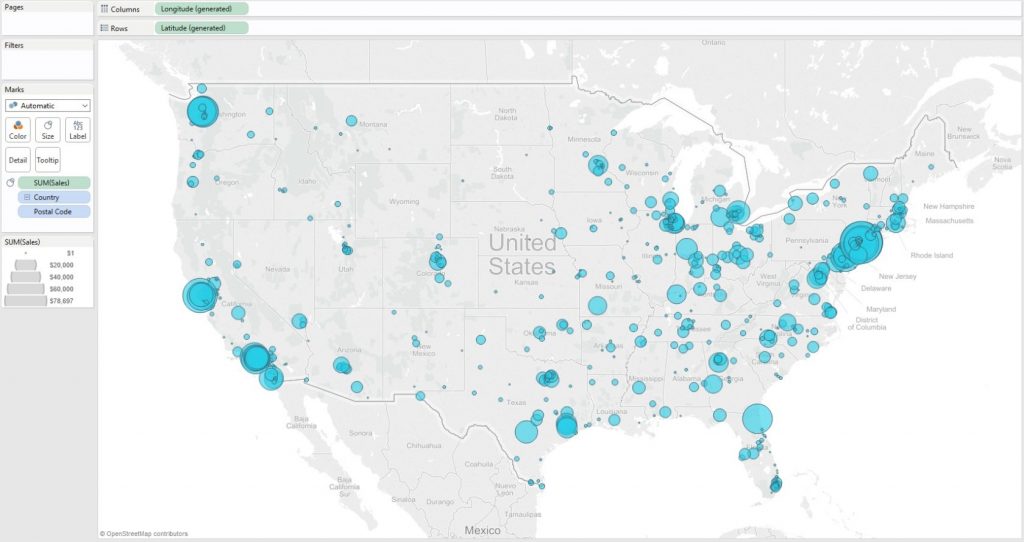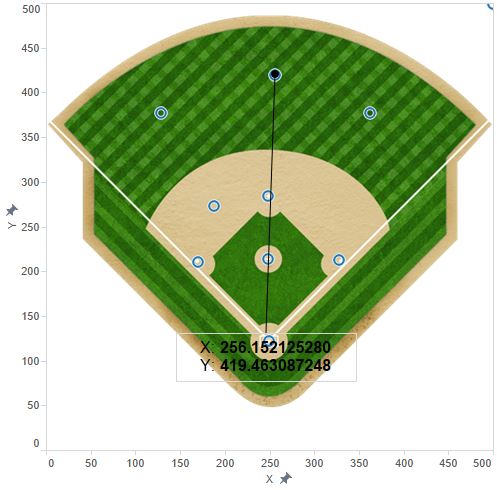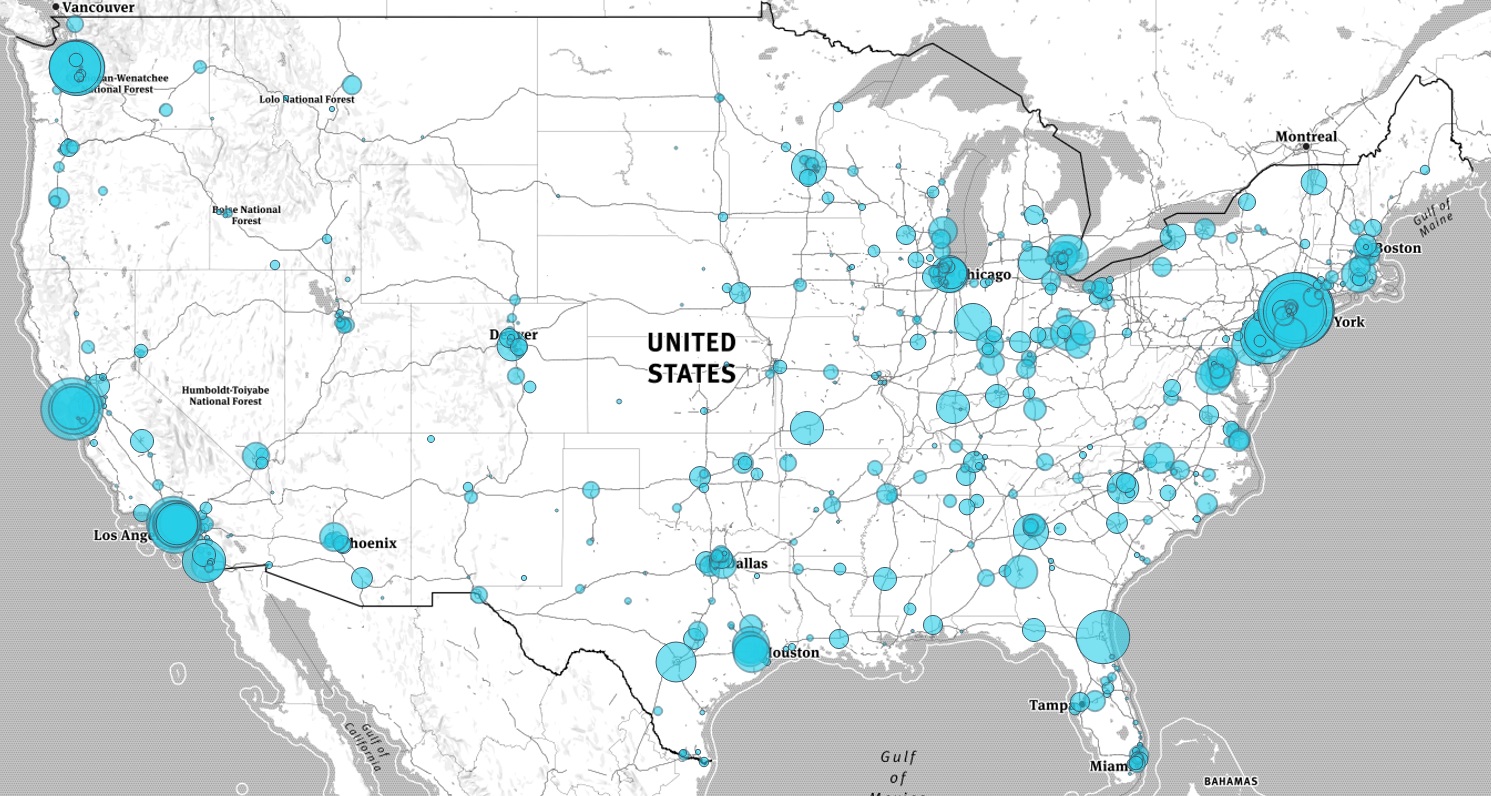

- HOW TO CREATE A CUSTOM MAP IN TABLEAU HOW TO
- HOW TO CREATE A CUSTOM MAP IN TABLEAU FULL
- HOW TO CREATE A CUSTOM MAP IN TABLEAU PLUS
Be warned that usually they will charge a financial cost and require uploading potentially sensitive personal information. If you don’t want the expense/bother/tedium of inhouse solutions, you can also find several companies that offer you the chance to send them a long file of addresses and it will return the co-ordinates. Desktop GIS tools or specialised analytics packages like Alteryx can often do that on a mass scale, albeit sometimes with a need for expensive data licenses.
HOW TO CREATE A CUSTOM MAP IN TABLEAU PLUS
1, 2 – these suggestions are not necessarily recommendations! Google will find you lots if those aren’t good), plus some “desktop GIS” packages can do that.Ī challenge will be if you have a long list of co-ordinates you need to find such that these semi-manual efforts are not efficient. There are plenty of free websites to help find the co-ordinates if you need them if you have the street address in text form (e.g. If your datasource already has longitude at latitude in it then you’re sorted for point-based mapping, just use that verbatim. If not, you would need to add the co-ordinates into your dataset somehow. Tableau can always plot any latitude and longitude co-ordinate you give it, so if you can arrange for your datasource to include that on each record then it is very simple to select those and have them plotted as points.


It also sometimes knows the centroids of, for example, postcodes which allows the construction of a point-based map, but not the polygons needed for a shaded map.
HOW TO CREATE A CUSTOM MAP IN TABLEAU FULL
In the UK, it knows the first half of the postcode (“AB1”) but not the full postcode (“AB1 2CD”). For instance, Tableau cannot immediately understand Sweden’s postcodes at all. However, especially outside of the US, the geospatial data coverage is not amazing. If you data fits into this format it is extremely easy to use.
HOW TO CREATE A CUSTOM MAP IN TABLEAU HOW TO
A list and some instructions as to how to use can be seen near the bottom of this article in the section called “Built in geographic roles”. Several of the most common geographic identifiers are built in, such as country, region and sometimes postcode part. However, in order to do this, it of course needs to understand where each point you wish to plot is in the real world. Tableau has a nice ability to create point (“symbol”) or polygon (“filled”) maps to visualise spatial data on.


 0 kommentar(er)
0 kommentar(er)
